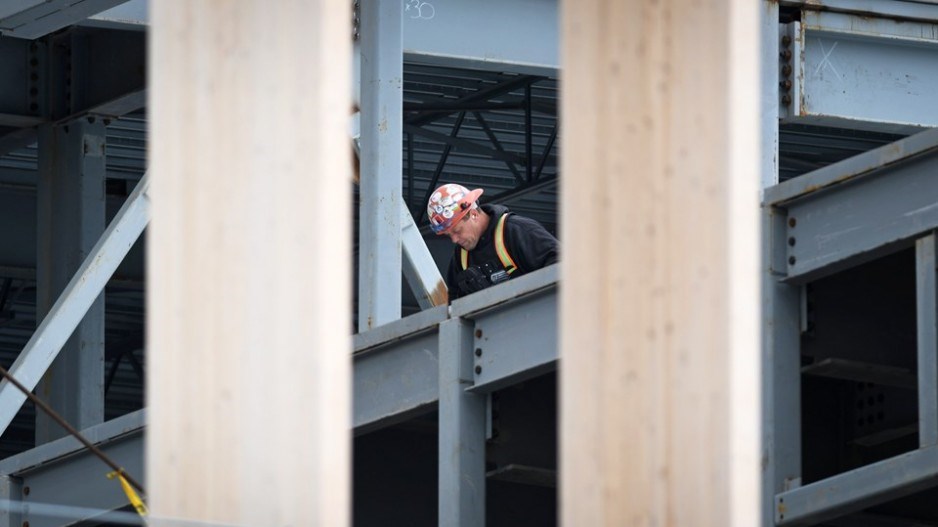Is construction its own worst enemy when it comes to attracting talent? Maybe it’s time to stop apologizing for the industry of the past and better showcase the good news of construction today.
Changing demographics mean all industries are facing the same daunting reality: Fewer entering the workforce than exiting. That’s not a construction-centric issue.
Construction ranks No. 1 as an employer in B.C.’s goods sector. According to the BC Construction Association’s (BCCA) Spring 2023 Stat Pack, the number of companies in the industry has increased by eight per cent in the past year, to 26,262 employers. While we can all be encouraged by a thriving industry, we can’t ignore that the number of trades workers has declined nine per cent in the same period. Job openings due to retirements and expansion are projected to reach 22,700 by 2032.
Is an image problem keeping parents from encouraging their children to consider a career in construction? Construction provides above-average wages at entry level; offers paid on-the-job training; and supports rapid career advancement. According to Statistics Canada data, the average cost of a four-year university degree starting in 2022 is $96,004 for students in residence, or $48,074 for students living at home.
The February 2023 Statistics Canada Labour Force Survey shows B.C. construction employment growth was second only to agriculture in the past year. In the same period, average hourly wage rate increases for B.C. construction were second only to the combined industries of forestry, fishing, mining, quarrying, and oil and gas. An industry that boasts great employment opportunities and wage increases that exceed inflation should be attracting a disproportionate number of candidates.
According to the Deloitte Global 2021 Millennial and Gen Z Survey, half of our new workforce is making career choices based on organizational values and ethics. With construction’s evolution to greener construction methods and materials, job-site culture programs like BCCA’s Builders Code, mentorship initiatives like Building Builders, and the Builders Life BC program, the industry is shifting its tactics. Will it be enough?
Attracting and retaining more women in the industry is an obvious source of talent, but gains are slower than they should be. Women hold positions in virtually all job titles across construction, but the percentage of women in skilled trades has dropped 21 per cent in the past year, from 5.7 per cent to 4.5 per cent.
Construction needs an image overhaul that starts from within. Men and women with thriving construction careers need to continue to speak up about the benefits that attracted them and the challenges that could force them out. School counsellors need to be better informed and connected to career opportunities in the construction industry, and need to fairly represent to parents and students that construction careers are a prestigious and valid option.
Employers must stay the course on evolving to understand and employ a new sensibility or be left behind.
Donna Grant is president of the Vancouver Regional Construction Association (vrca.ca). Chris Atchison is president of the BC Construction Association (bccassn.com).




